Currency union
A currency union (also known as monetary union) is an intergovernmental agreement that involves two or more states sharing the same currency. These states may not necessarily have any further integration (such as an economic and monetary union, which would have, in addition, a customs union and a single market).
| Part of a series on |
| World trade |
|---|
 |
|
Economic integration
|
There are three types of currency unions:
- Informal – unilateral adoption of a foreign currency.[1]
- Formal – adoption of foreign currency by virtue of bilateral or multilateral agreement with the monetary authority, sometimes supplemented by issue of local currency in currency peg regime.
- Formal with common policy – establishment by multiple countries of a common monetary policy and monetary authority for their common currency.
The theory of the optimal currency area addresses the question of how to determine what geographical regions should share a currency in order to maximize economic efficiency.
Advantages and disadvantages
Implementing a new currency in a country is always a controversial topic because it has both many advantages and disadvantages. New currency has different impacts on businesses and individuals, which creates more points of view on the usefulness of currency unions. As a consequence, governmental institutions often struggle when they try to implement a new currency, for example by entering a currency union.
Advantages
- A currency union helps its members strengthen their competitiveness in a global scale and eliminate the exchange rate risk.
- Transactions among member states can be processed faster and their costs decrease since fees to banks are lower.
- Prices are more transparent and so are easier to compare, which enables fair competition.
- The probability of a monetary crisis is lower. The more countries there are in the currency union, the more they are resistant to crisis.
Disadvantages
- The member states lose their sovereignty in monetary policy decisions. There is usually an institution (such as a central bank) that takes care of the monetary policy making in the whole currency union.
- The risk of asymmetric "shocks" may occur. The criteria set by the currency union are never perfect, so a group of countries might be substantially worse off while the others are booming.
- Implementing a new currency causes high financial costs. Businesses and also single persons have to adapt to the new currency in their country, which includes costs for the businesses to prepare their management, employees, and they also need to inform their clients and process plenty of new data.
- Unlimited capital movement may cause moving most resources to the more productive regions at the expense of the less productive regions. The more productive regions tend to attract more capital in goods and services, which might avoid the less productive regions.[2][3]
Convergence and divergence
Convergence in terms of macroeconomics means that countries have a similar economic behaviour (similar inflation rates and economic growth). It is easier to form a currency union for countries with more convergence as these countries have the same or at least very similar goals. The European Monetary Union (EMU) is a contemporary model for forming currency unions. Membership in the EMU requires that countries follow a strictly defined set of criteria (the member states are required to have specific rate of inflation, government deficit, government debt, long-term interest rates and exchange rate). Many other unions have adopted the view that convergence is necessary, so they now follow similar rules to aim the same direction.
Divergence is the exact opposite of convergence. Countries with different goals are very difficult to integrate in a single currency union. Their economic behaviour is completely different, which may lead to disagreements. Divergence is therefore not optimal for forming a currency union.[4]
History
The first currency unions were established in the 19th century. The German Zollverein came into existence in 1834, and by 1866, it included most of the German states. The fragmented states of the German Confederation agreed on common policies to increase trade and political unity.
The Latin Monetary Union, comprising France, Belgium, Italy, Switzerland and Greece, existed between 1865 and 1927, with coinage made of gold and silver. Coins of each country were legal tender and freely interchangeable across the area. The union's success made other states join informally.
The Scandinavian Monetary Union, comprising Sweden, Denmark and Norway, existed between 1873 and 1905, and used a currency based on gold. The system was dissolved by Sweden in 1924.[5]
List of currency unions
Existing
Note: Every customs and monetary union and economic and monetary union also has a currency union.
![]()
Additionally the autonomous and dependent territories, such as some of the EU member state special territories, are sometimes treated as separate customs territory from their mainland state or have varying arrangements of formal or de facto customs union, common market and currency union (or combinations thereof) with the mainland and in regards to third countries through the trade pacts signed by the mainland state.[15]
Currency union in Europe
The European currency union is a part of the Economic and Monetary Union of the European Union (EMU). EMU was formed during the second half of the 20th century after historic agreements, such as Treaty of Paris (1951), Maastricht Treaty (1992). In 2002, Euro, a single European currency, was adopted by 12 member states. Currently, the so called Eurozone has 19 member states. The other members of the European Union must adopt the Euro as their currency (with exceptions, such as the UK and Denmark), but there has not been a specific date set. The main independent institution responsible for stability of the Euro is the European Central Bank (ECB). Together with 15 national banks it forms the European System of Central Banks. The Governing Board consists of the Executive Committee of the ECB and the governors of individual national banks, and determines the monetary policy, as well as short-term monetary objectives, key interest rates and the extent of monetary reserves.[16]
Planned
| Community | Currency | Region | Target date | Notes |
|---|---|---|---|---|
| Bolivarian Alternative for the Americas | SUCRE | Latin America /Caribbean |
? | It is planned to begin as an electronic currency involving all countries of the Bolivarian Alliance for the Americas. |
| East African shilling | Africa | 2012 (not met), 2015 (not met), 2024[17] | ||
| West African Monetary Zone | Eco | Africa | 2020[17] | Inside Economic Community of West African States, planned to eventually merge with West African franc |
| ASEAN+3 | Asian Monetary Unit | Asia | ? | a free trade agreements matrix partially established |
| Khaleeji | Arabian Peninsula | c. 2013-2020[18][19] | Oman and the United Arab Emirates do not intend to adopt the currency at first but will do at a later date. | |
| Afro or Afriq | Africa | 2028[20] | Planned for 2028 or later |
Disbanded
- between


- between
.svg.png)




- between
.svg.png)
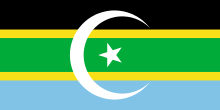
.svg.png)
.svg.png)



.svg.png)



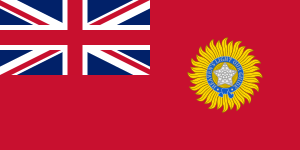
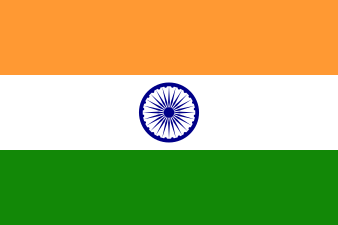
- between
.svg.png)

- between

.svg.png)
- between
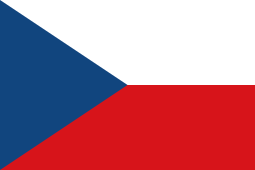

- between
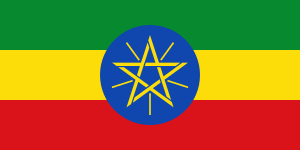

- between


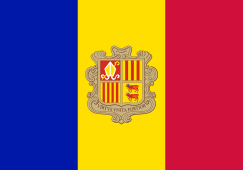
- between
.svg.png)
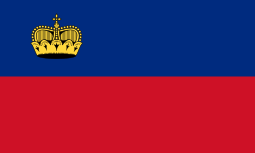
- between the Eastern Caribbean,
.svg.png)
.svg.png)
.svg.png)
.svg.png)
- between the Eastern Caribbean,
.svg.png)
.svg.png)
.svg.png)
- between

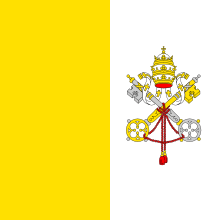
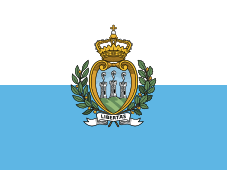
- between
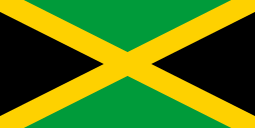
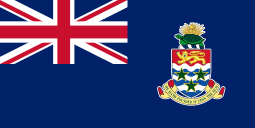
- between
.svg.png)


- between
.svg.png)


.svg.png)
- between
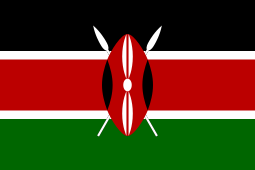
.svg.png)

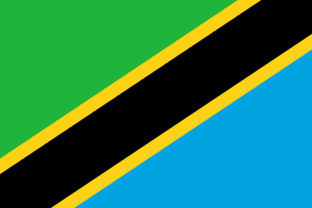
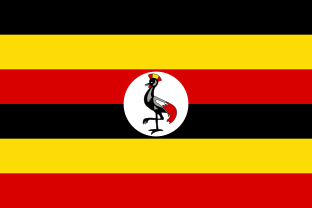

.svg.png)

- Latin Monetary Union (1865–1927), initially between
.svg.png)
.svg.png)
_crowned.svg.png)

.svg.png)

.svg.png)
- between
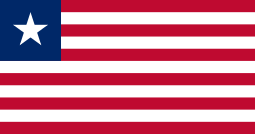
.svg.png)
- between
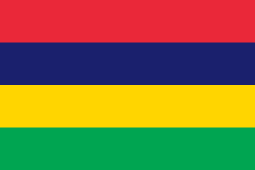
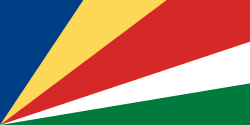
- between
.svg.png)
.svg.png)
.svg.png)
.svg.png)

- between
.svg.png)
- between
.svg.png)
.svg.png)
- between

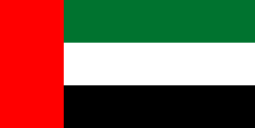
- between
.svg.png)

- between

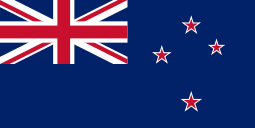
- Scandinavian Monetary Union (1870s until 1924), between
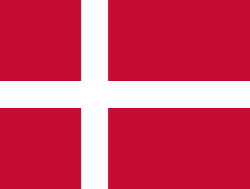
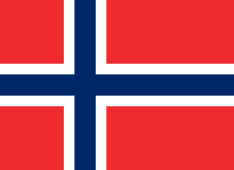
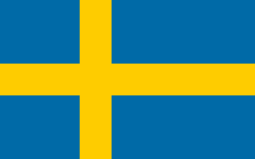
- between the

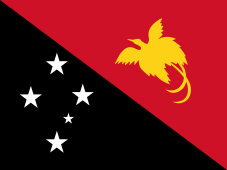
.svg.png)
- between
.svg.png)



.svg.png)
.svg.png)
- between
.svg.png)
.svg.png)



- between
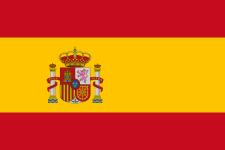

- between
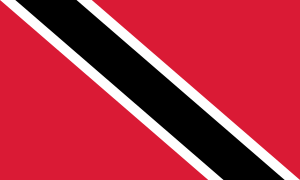
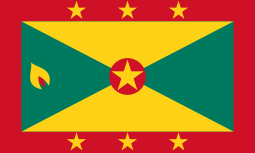
- between
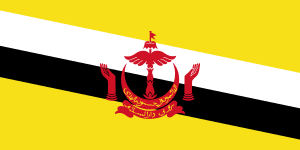
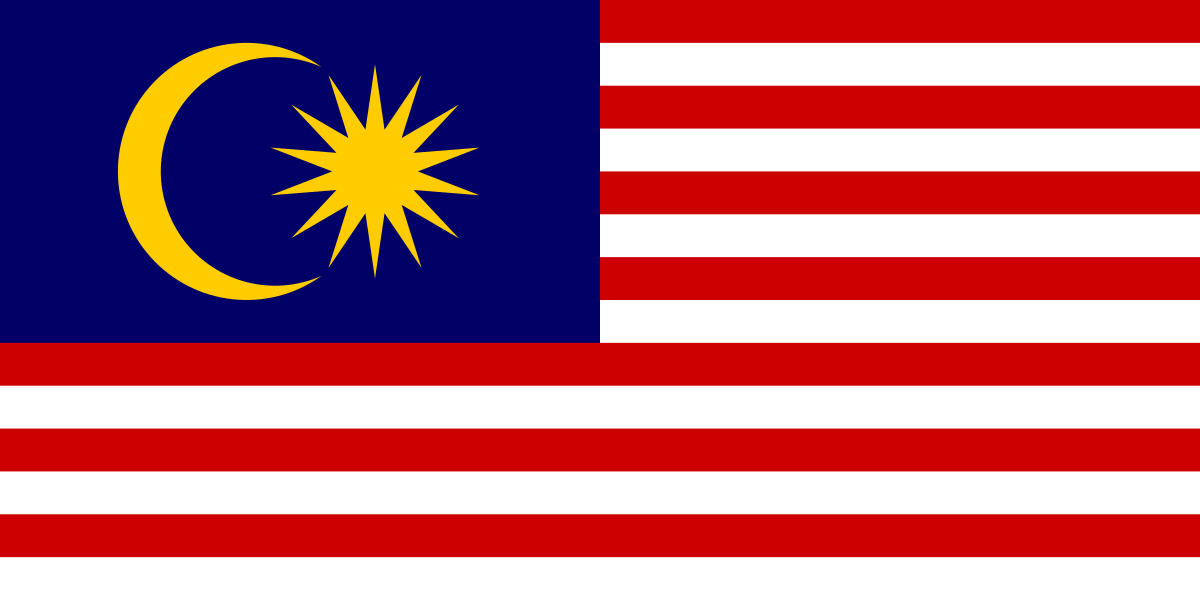

- between

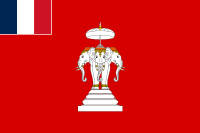




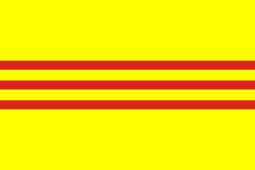
- between
.svg.png)
.svg.png)
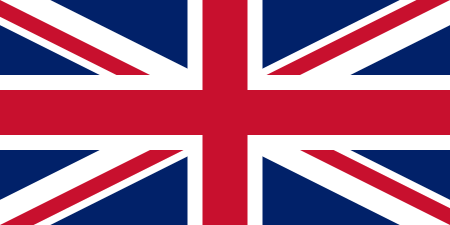

- between
.svg.png)

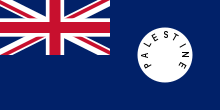
- between
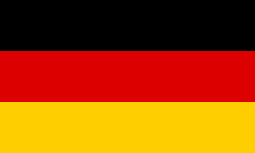
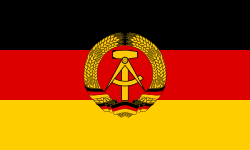
- between what ultimately became the


Never materialized
- proposed pan-American monetary union – abandoned in the form proposed by Argentina
- proposed monetary union between the


- proposed gold-backed, pan-African monetary union put forward by Muammar Gaddafi prior to his death
See also
- List of pegged currencies
- North American Currency Union (Amero)[22]
References
- "World Bank" (PDF). WorldBank.org. Retrieved 30 April 2019.
- "Study". Study.com. Retrieved 30 April 2019.
- "Global Financial Integrity". gfintegrity.org. Retrieved 30 April 2019.
- Enoch, Charles; Krueger, Russell. "Currency unions: key variables, definitions, measurement, and statistical improvement" (PDF). Bank for International Settlements. Retrieved 30 April 2019.
- "History of currency unions". The Guardian. Retrieved 30 April 2019.
- Anguilla and Montserrat are members of OECS currency union, but not of the CSME.
- http://www.marcasepatentes.pt/files/collections/pt_PT/1/2/14/CPI%201995.pdf Decreto-Lei n. 16/95/M
- To all intents and purposes a monetary union. They are the last two nations whose dollars have remained at par and mutually interchangeable since the days when the Spanish Dollar was the united currency of large areas of the New World and Southeast Asia.
- alongside the ngultrum
- Not official, but freely used as a tender in Nepal, due to primarily the economic flux with India and also the instability caused by that country's civil war.
- Zacharia, Janine (2010-05-31). "Palestinian officials think about replacing Israeli shekel with Palestine pound". The Washington Post and Times-Herald. ISSN 0190-8286. Retrieved 2018-08-22.
- Cobham, David (2004-09-15). "Alternative currency arrangements for a new Palestinian state" (PDF). In David Cobham (ed.). The Economics of Palestine: Economic Policy and Institutional Reform for a Viable Palestine State. London: Routledge. ISBN 9780415327619. Retrieved 2018-08-22.
- "Compact- Title 02 Article 05". www.fsmlaw.org.
- "Zimbabwe abandons its currency". 2009-01-29. Retrieved 2019-10-15.
- EU Overseas countries and some other territories participate partially in the EU single market per part four of the Treaty Establishing the European Community; Some EU Outermost regions and other territories use the Euro of the currency union, others are part of the customs union; some participate in both unions and some in neither.
Territories of the United States, Australian External Territories and Realm of New Zealand territories share the currency and mostly also the market of their respective mainland state, but are generally not part of its customs territory. - "European Union". Europa.eu. Retrieved 30 April 2019.
- Asongu, Simplice; Nwachukwu, Jacinta; Tchamyou, Vanessa (2016-08-01). "A Literature Survey on Proposed African Monetary Unions" (PDF). Journal of Economic Surveys. 31 (3): 878–902. doi:10.1111/joes.12174. ISSN 1467-6419.
- "Kuwait sees GCC currency union taking up to 10 years". arabianbusiness.com. Archived from the original on 2010-03-03. Retrieved 2010-12-10.
- www.dunatv.hu (in Hungarian)
- "A common currency at a later stage of Africa's economic integration".
- Bolton, Sally (10 December 2001). "A history of currency unions". guardian.co.uk. Retrieved 26 February 2012.
France persuaded Belgium, Italy, Switzerland and Greece
- Not currently on any political agenda, based mostly off conspiracy theories.
Further reading
- Acocella, N. and Di Bartolomeo, G. and Tirelli, P. [2007], ‘Monetary conservatism and fiscal coordination in a monetary union’, in: ‘Economics Letters’, 94(1): 56-63.
- Bergin, Paul (2008). "Monetary Union". In David R. Henderson (ed.). Concise Encyclopedia of Economics (2nd ed.). Indianapolis: Library of Economics and Liberty. ISBN 978-0865976658. OCLC 237794267.
External links
| Wikimedia Commons has media related to Currency unions. |